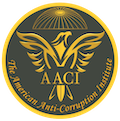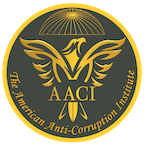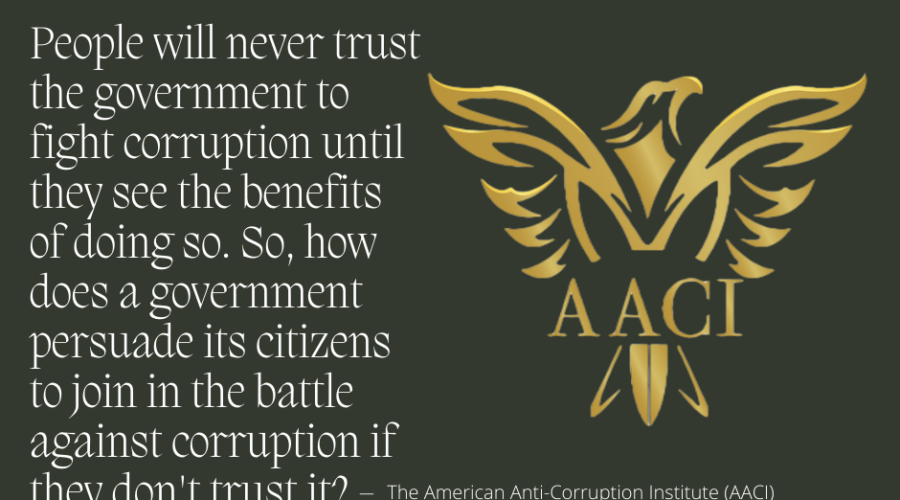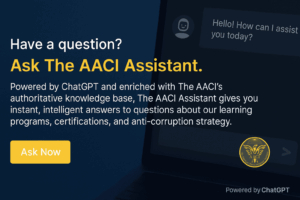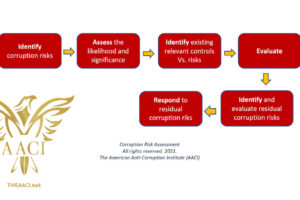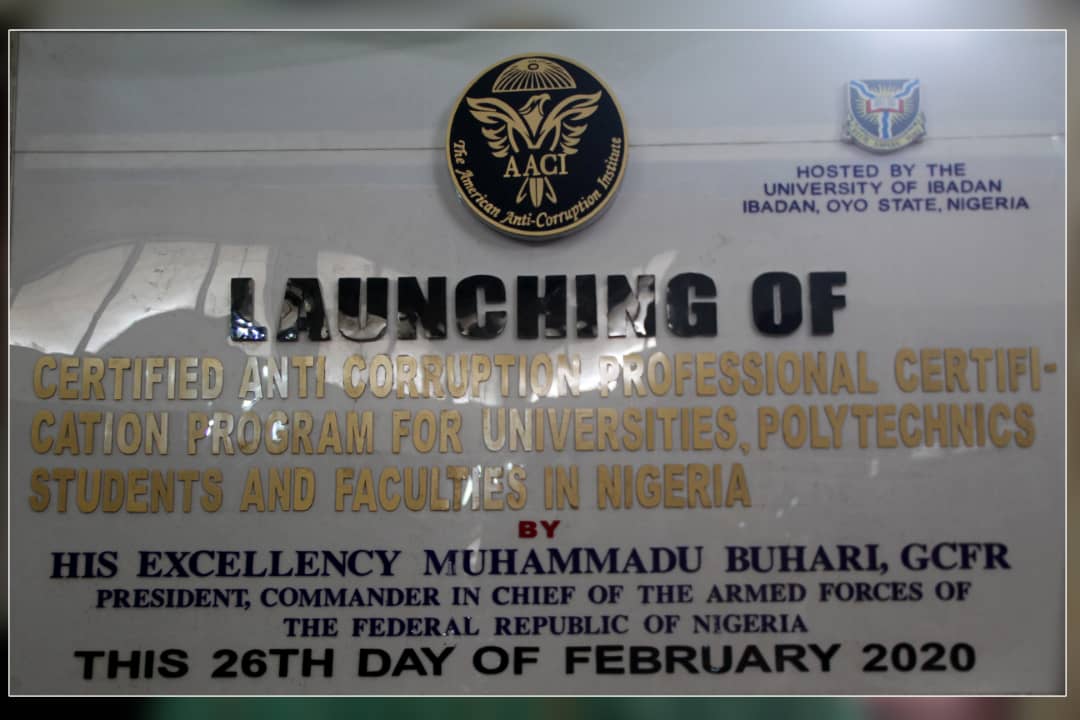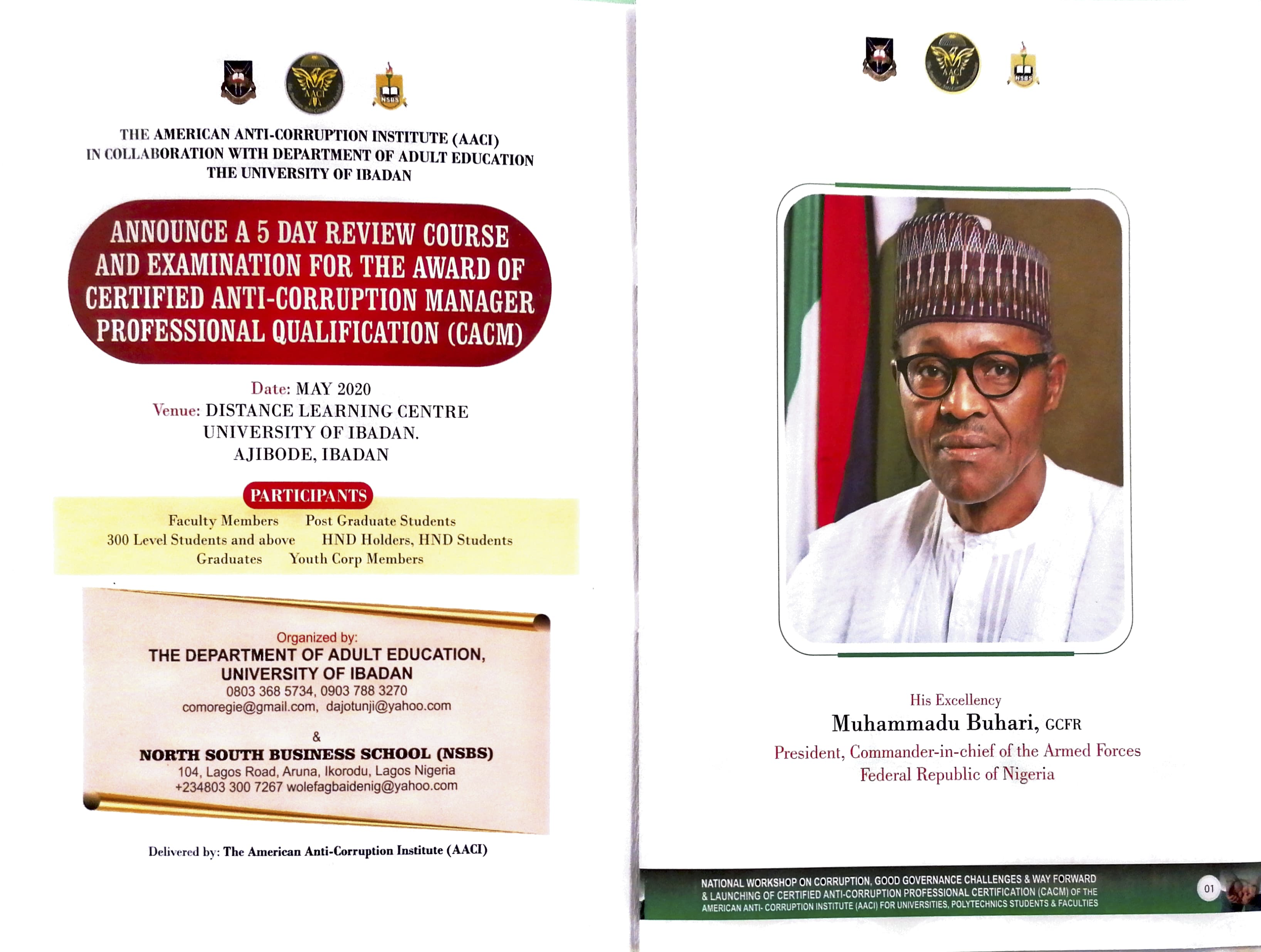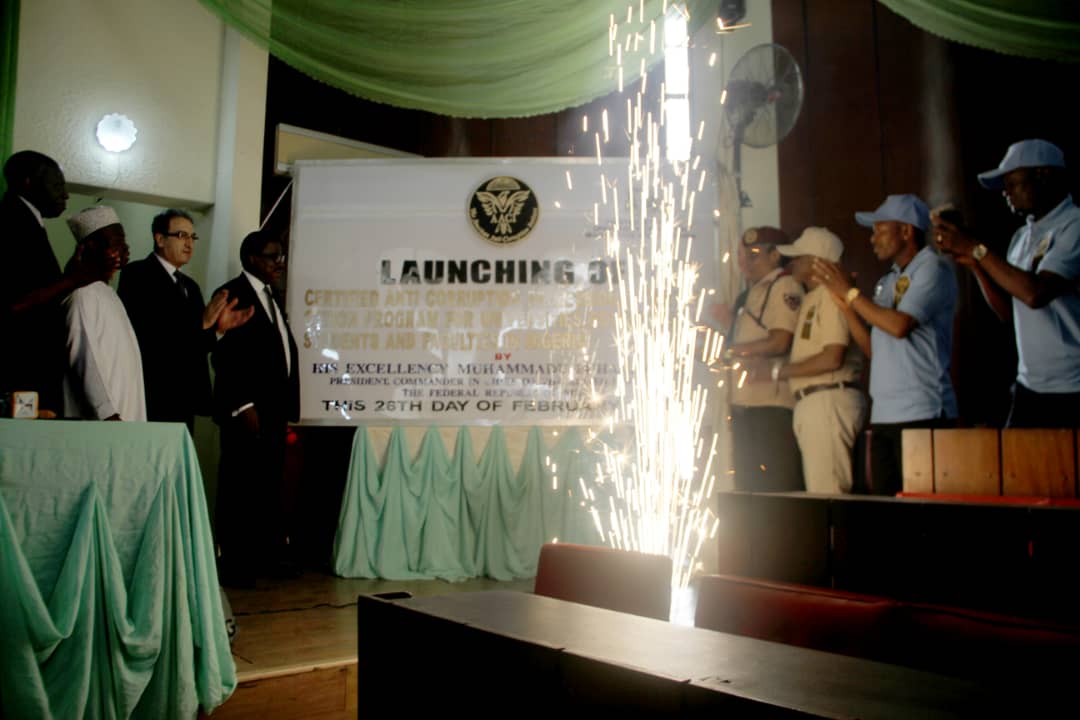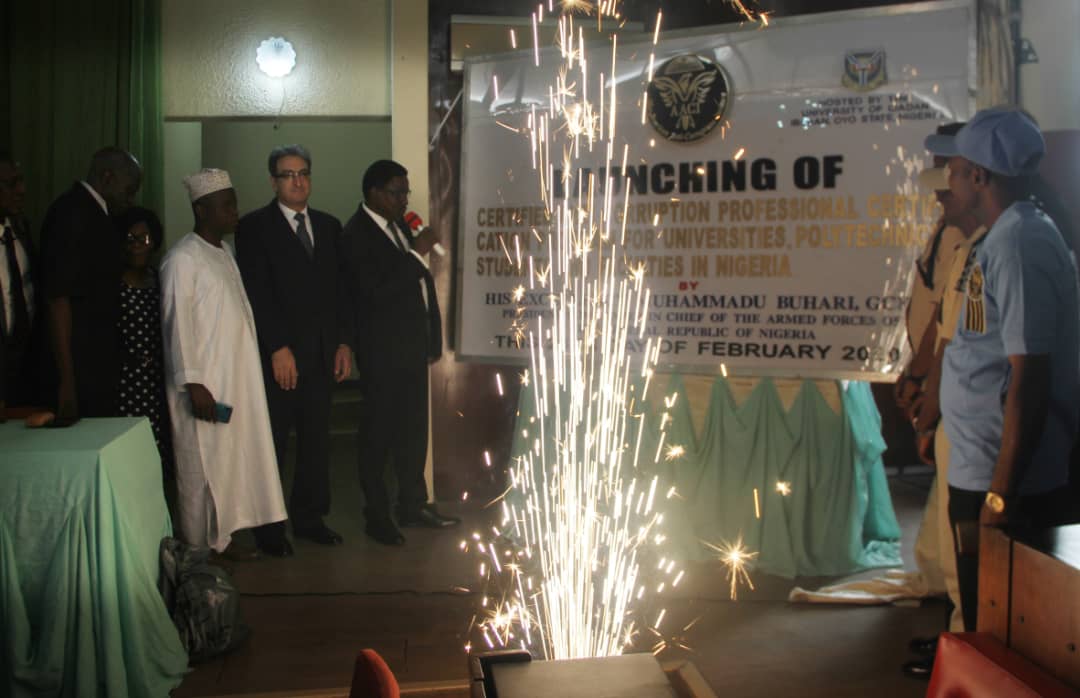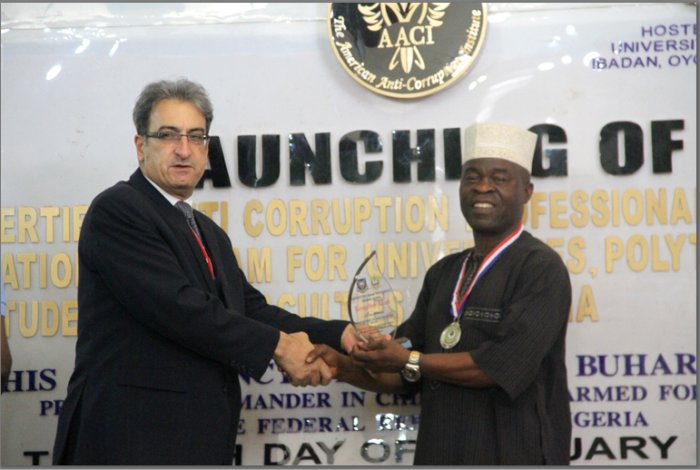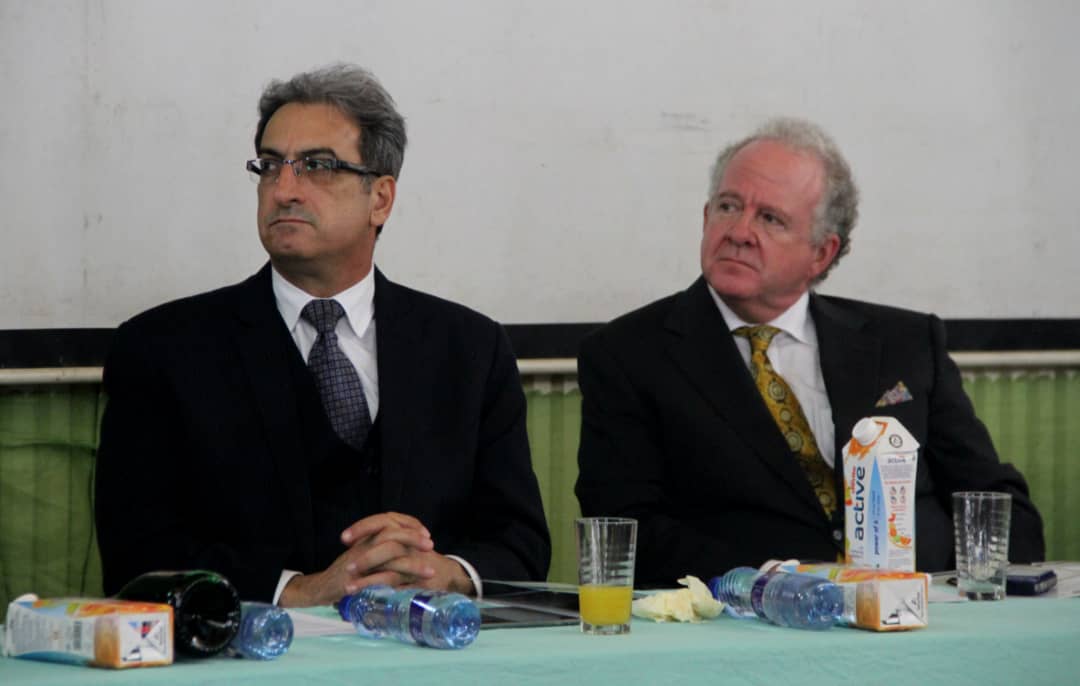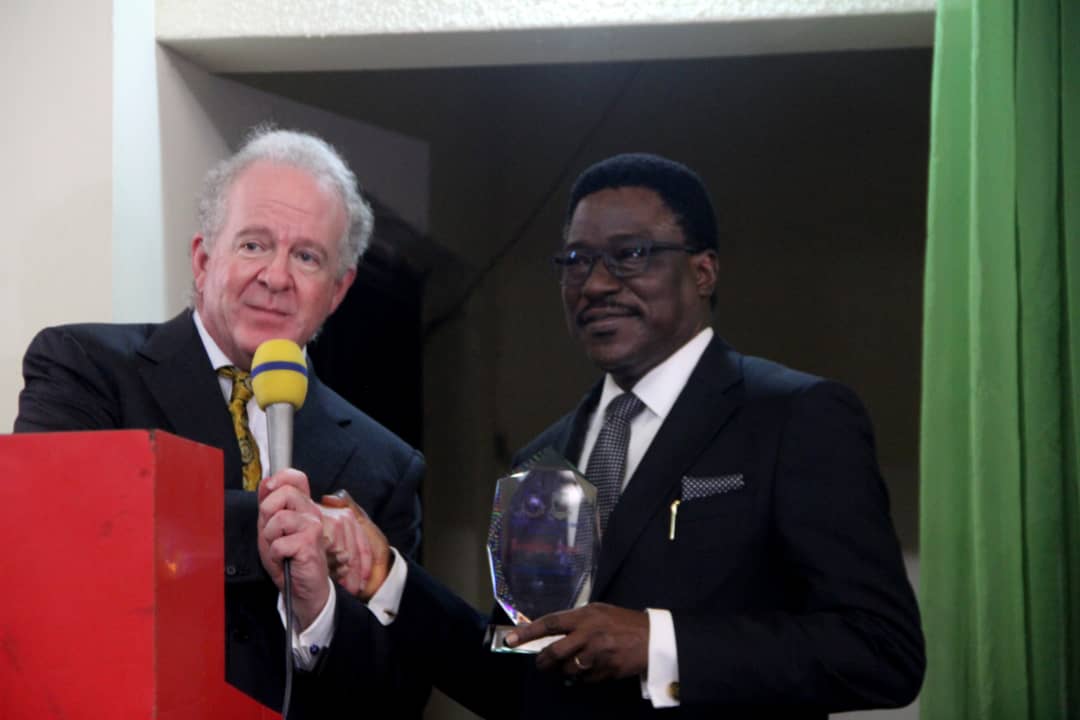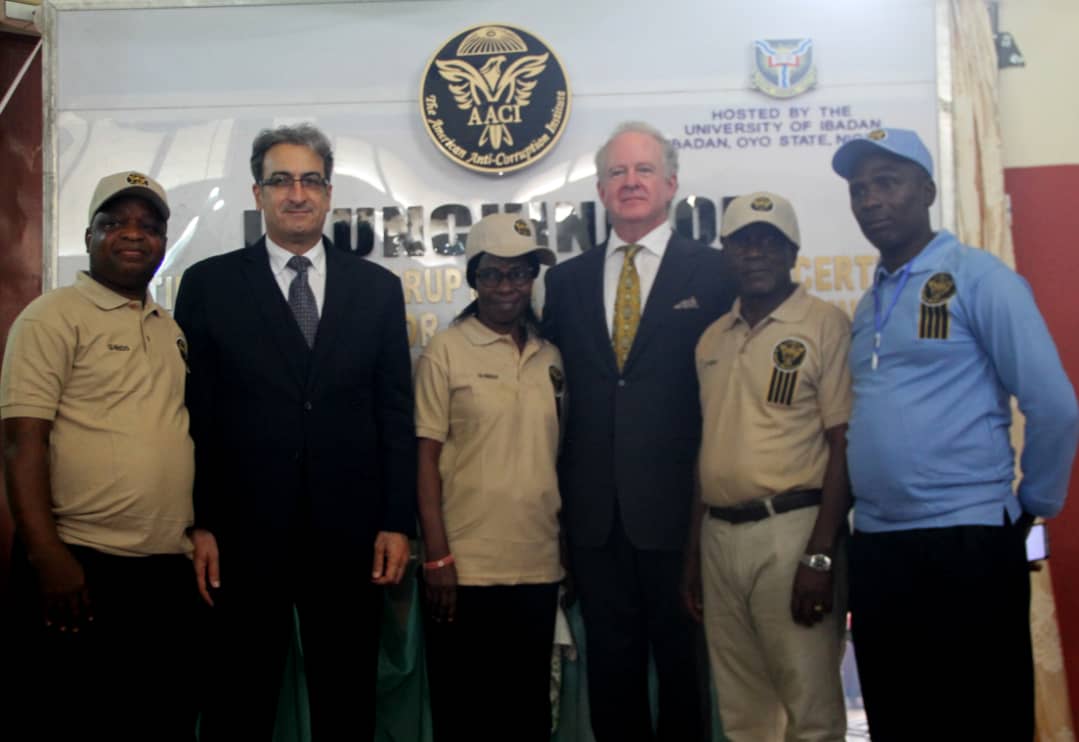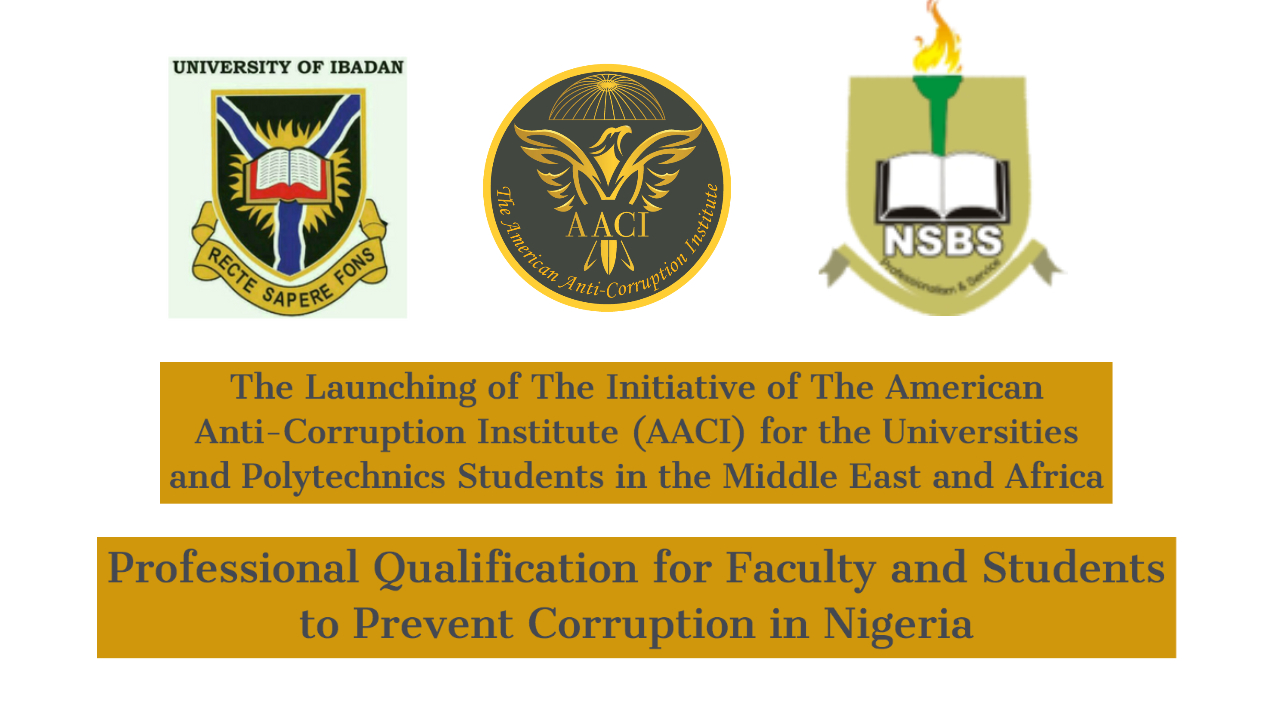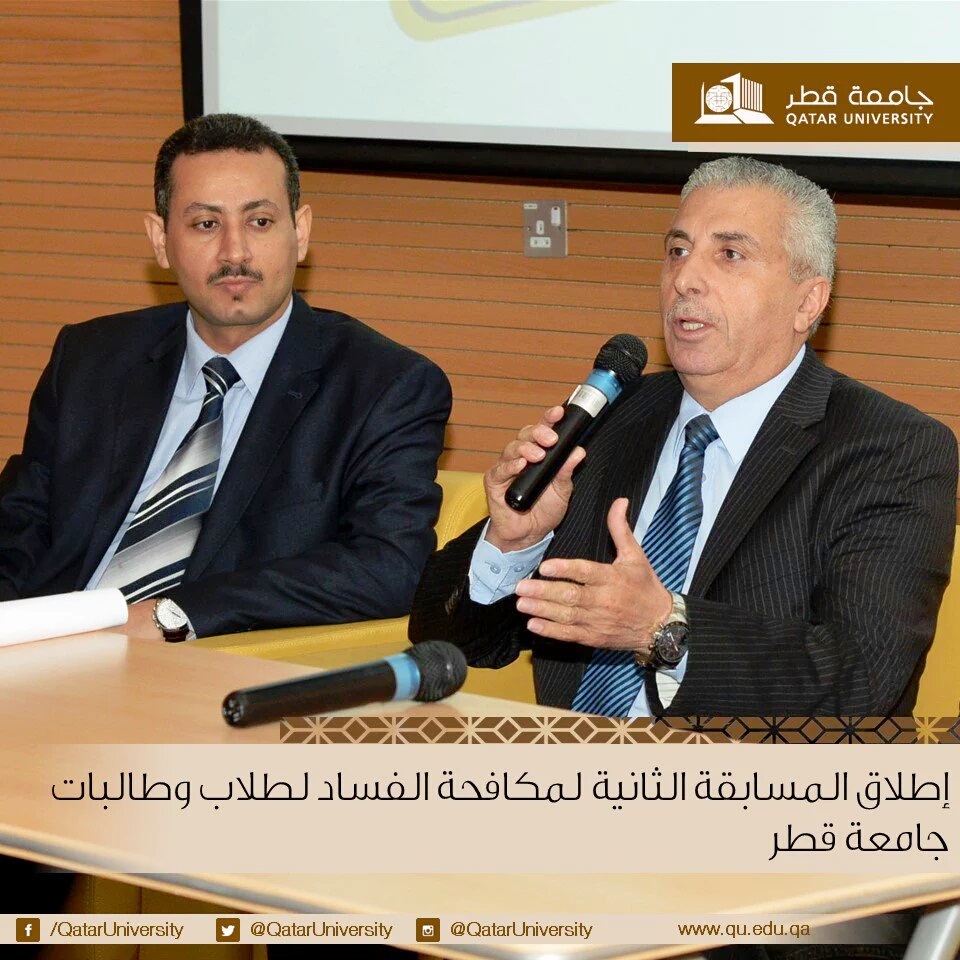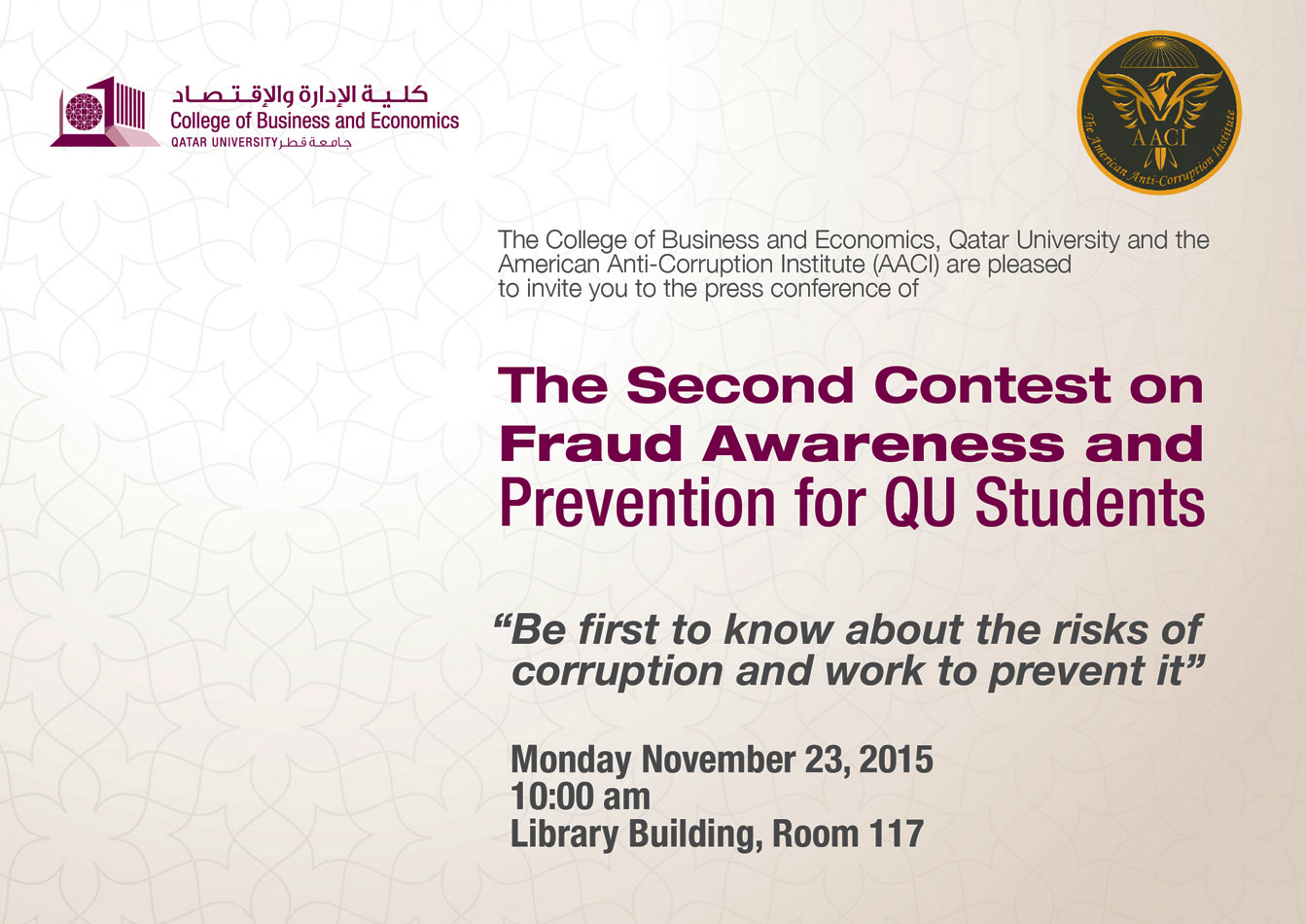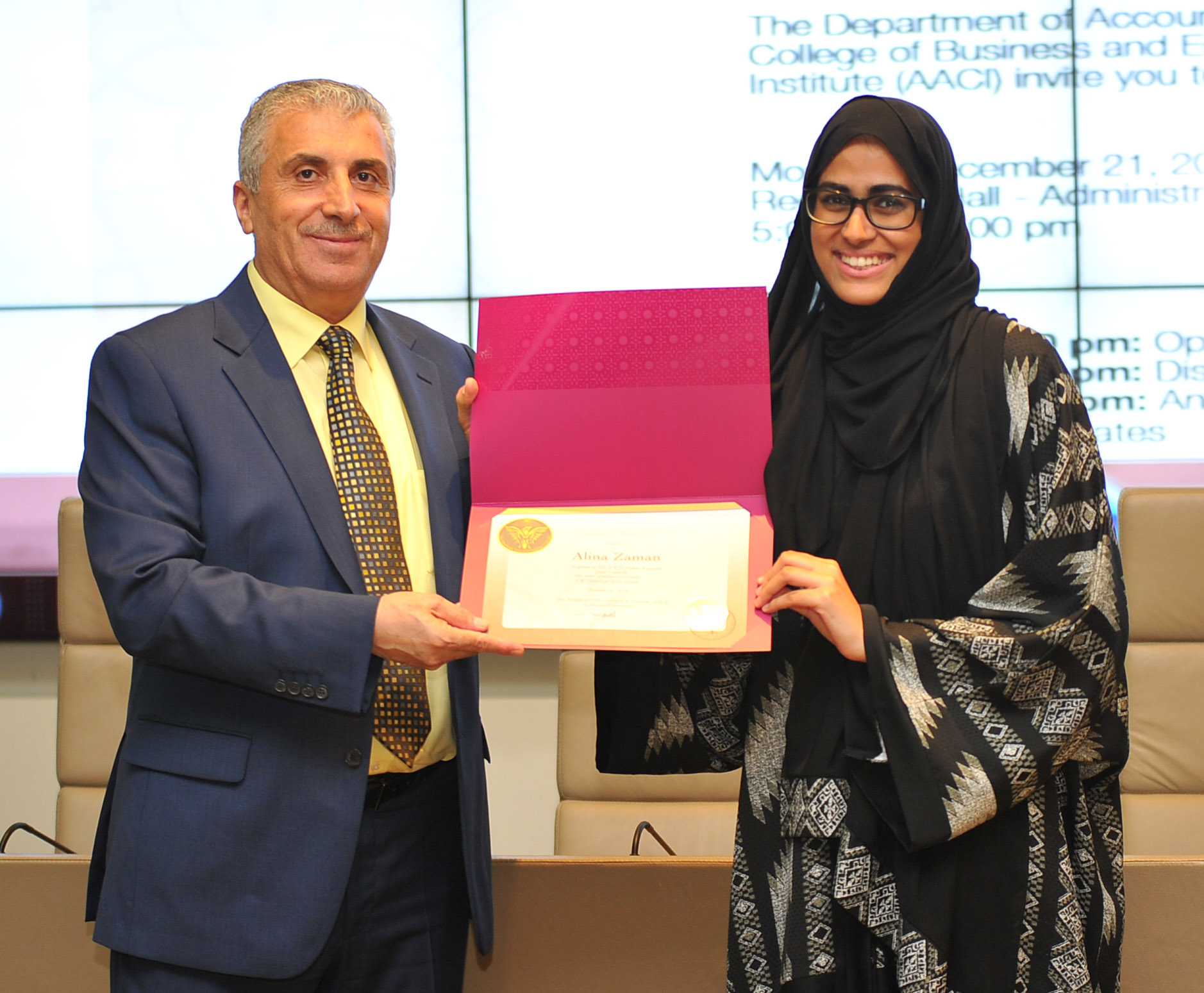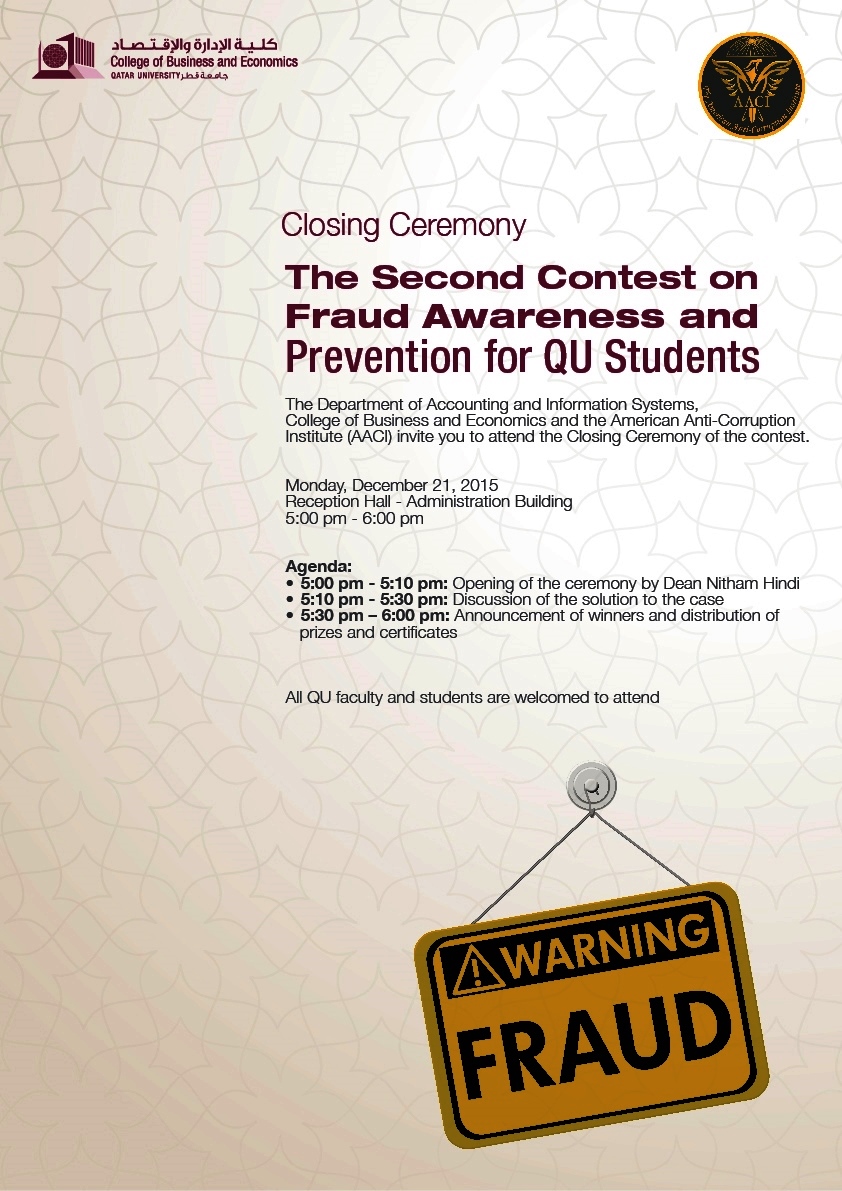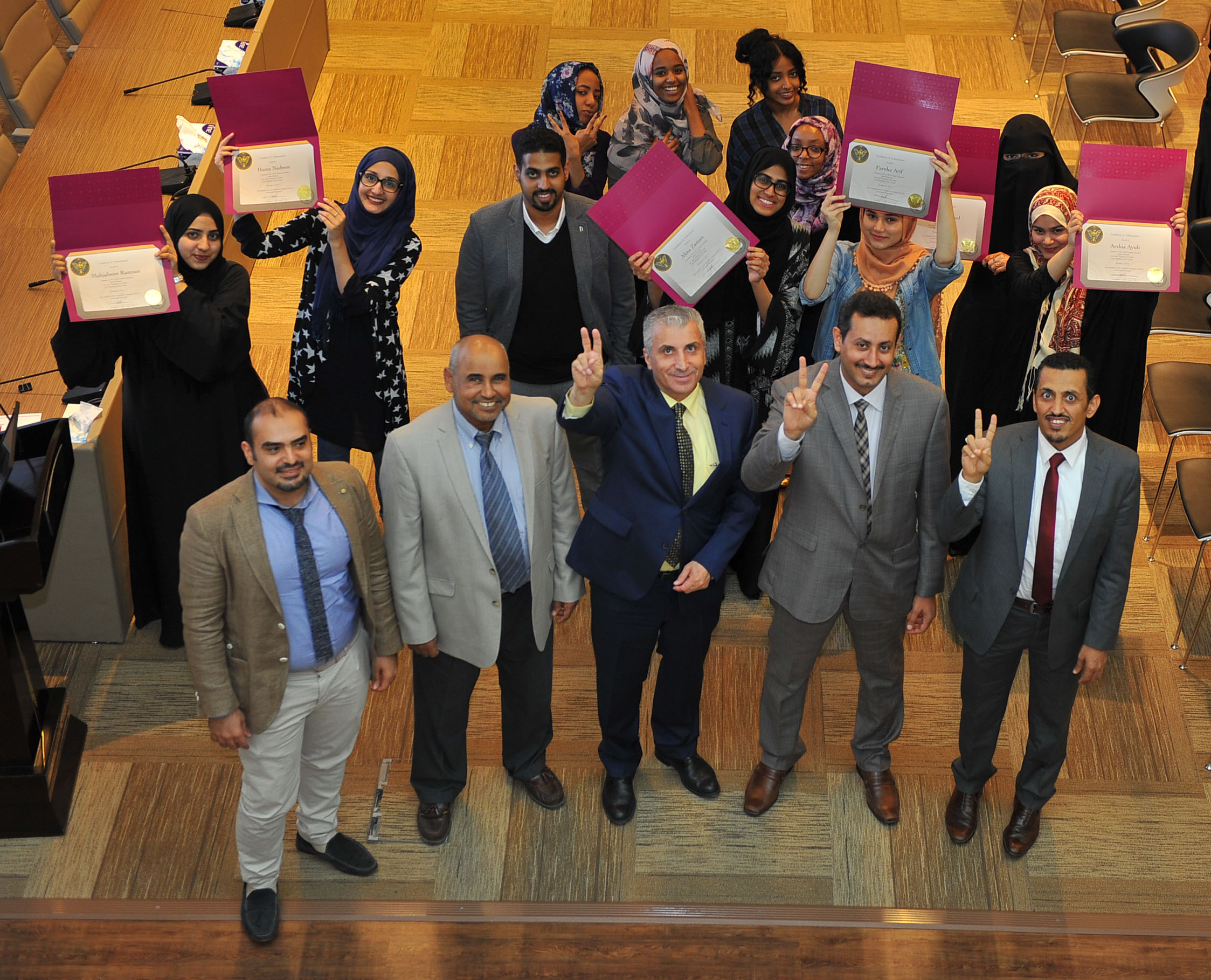Technical Staff
February 8, 2022
Nobody can pretend that the fight against corruption is simple. On the contrary, it is a difficult but winnable battle. And it needs proper and adequate preparation.
Fighting Corruption
The American Anti-Corruption Institute (AACI) defines fighting corruption as follows:
“Fighting corruption is a process effected by those charged with governance, employees, citizens ,and other stakeholders to provide a reasonable assurance that those entrusted with power did not abuse it for a private gain(s).”

As an integral part of the definition, The AACI asserts that fighting corruption is a process that is
1- Holistic,
2- Multidisciplinary,
3- Encompasses all economic sectors,
4- Result-oriented, and
5- Continuous.
Proper and Adequate Preparation
What are the requirements for a successful anti-corruption fight? In this context, a successful fight assumes that the goal of combatting corruption is to create tangible, visible, and value-added outcomes. Financial and non-financial resources are both required for success. But it takes more than political will and financial means to achieve this goal. Those in charge of governance must ensure that the public is on their side and trusts them. Otherwise, it is referred to as anything other than combating corruption.
Tangible, Visible, and Value-Added Results
The public expects to see positive outcomes from anti-corruption programs or policies in order to believe the government’s claims to be battling corruption. It is quite likely that, at the very least, the following economic sectors suffer from low-quality services in many nations where corruption has reached medium to high levels:
Education, healthcare, the judiciary, and public services are the first four items on the list.
People will never trust the government to fight corruption until they see the benefits of doing so. So, how does a government persuade its citizens to join in the battle against corruption if they don’t trust it?
